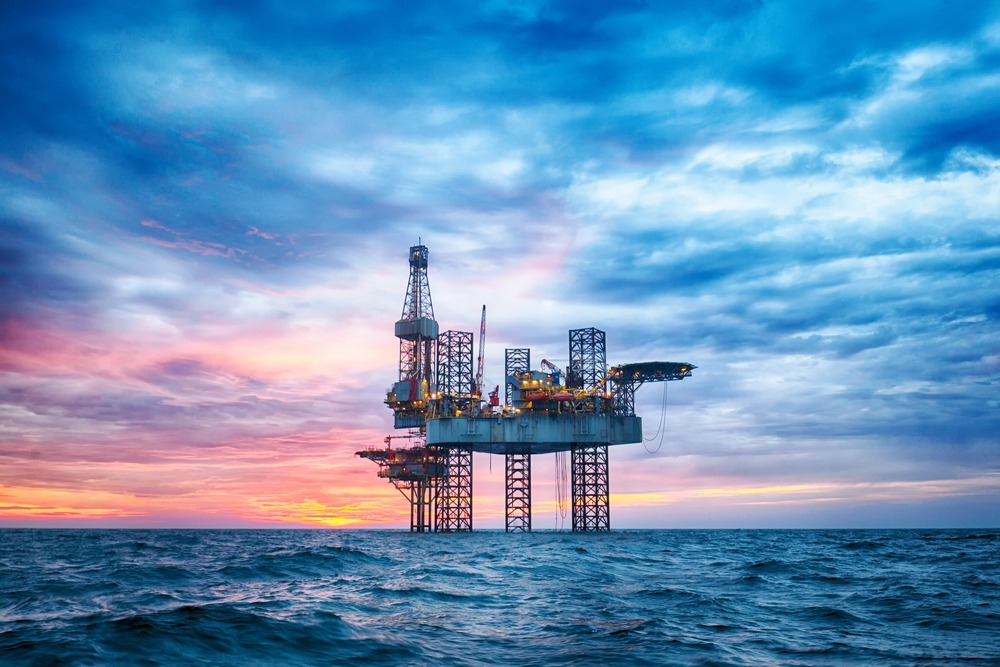The joint conference of the Russian Energy Week (REW) Expert Club and the Iranian Institute for International Energy Studies (MIEI) called “Shaping the New Energy Order: Common Interests and Threats” was held in Tehran. The consensus shared by the experts attending the event was “The establishment of market regulations similar to those at OPEC+, as well as independent financial and insurance institutions, will result in higher international gas consumption, including in Asian markets.
The experts believe that such institutions can be part of the SCO (Shanghai Cooperation Organization) or BRICS (Brazil, Russia, India, China, South Africa) whose gas demand will only rise in the next 20-30 years. However, today they are constrained to a certain extent by the lack of sufficient infrastructure and availability of free resources on the world market.
“It sounds difficult, but establishing an independent environment protected against sanctions or artificial price regulation by creating long-term relationships between the exporters and the consumers will accelerate gas investment, production and consumption. This means lower СО2 emissions,” said Leonid Krutakov, Senior Lecturer of the Financial University under the Government of the Russian Federation.
SCO and BRICS will constitute for over 40% of the world’s proved gas reserves
“SCO and BRICS bring together the largest consumers and producers. This shows that long-term guarantees for investment, production, consumption, the settlement system are possible by creating the preconditions for a stable market,” said Sergei Kapitonov, a Gas Analyst from Skoltech Project Centre for Energy Transition and ESG.
“In addition, as the number of SCO and BRICS countries will increase, members will constitute for over 40% of the world’s proved gas reserves, which are also geographically densely located.”
Global demand for natural gas will grow by 36%
According to The Gas Exporting Countries Forum’s (GECF) long-term forecast, global demand for natural gas will grow by 36 percent by 2050 from the 2021 levels or by 1,435 billion cubic metres. The countries of the Asia-Pacific region will be the growth leaders by 2050 (+78%), of the Middle East (+60%) and Africa (+152%). Consumption in the Latin American will double, while in Europe, on the contrary, it will fall by 37%, the GECF forecast says.
“The growth figures could be higher, if the market becomes more predictable for the consumer. No one will build the economy on gas consumption, if the price jumps to $2,000-3,000 per thousand cubic metres of gas,” said Alexei Grivach, Deputy General Director at the National Energy Security Fund.
“By the same token, the producers have difficulties with planning investment in production, processing and transportation infrastructure, when the market prices can fall as low as $50-100 per thousand cubic metres like it happened at the height of the 2020 quarantines.”
Coal slashes hot house gas emissions by almost 50%
According to the announcement made by the REW Club, there is always an alternative on the market. Today it is coal, which is cheaper and more affordable, including for the EC countries, which have recently closed coal-fired power stations, but increased their output during the energy crisis. However, a transfer from coal to gas will slash hot house gas emissions by almost 50%, while keeping reliability of power supply.
Given the almost fifty-fold ratio of the world’s proven natural gas reserves to production, this raw material will remain attractive for other sectors of the economy, including transport and the chemical industry.
Source: Hellenic Shipping News






